Superfoods are foods that provide a high number of health benefits. Some superfoods were traditionally consumed because they had properties such as being easy to store and being able to last a long time without spoiling. Other superfoods have grown in popularity due to the unique attributes they possess.
An essential attribute of consuming superfoods is that they improve one’s overall health and well-being while also being accessible to anyone regardless of class. This article highlights the list of the top superfoods available under various categories.
What’s a superfood?
While there are many definitions of a superfood, it can generally be classified as a food that provides high levels of nutrients to promote better health. These foods are often categorized by vitamins and minerals (such as iron) or phytochemicals (such as beta-carotene).
The term “superfood” refers to a group of foods that are very beneficial to one’s health. However, not every healthy food can be considered a superfood.
According to Czerwony, “superfoods” are foods that provide extraordinary health advantages that go above and beyond what one would anticipate based just on the nutritional profile.
Superfoods, in particular, are oozing in:
Antioxidants: These natural substances reduce the risk of heart disease, cancer, and other diseases by protecting cells from harm.
Minerals: These minerals are considered to be the building blocks of our body. These compounds aid the body’ in performing at its optimal level.
Vitamins: These compounds are best gotten from superfoods rather than supplements. Vitamins provide the body with essential nutrients and minerals.
Superfoods are also high in:
Fiber: These nutrients do many things for the body but fall under the broad digestive health category. It is a carbohydrate that breaks down food to allow nutrients to be absorbed by the body. Most of our dense-fiber foods are plants.
Flavonoids: Flavonoids are good for the body because they have anti-inflammatory and anti-carcinogenic properties. They also help to lower cholesterol levels and promote healthy blood vessels. Some foods with flavonoids are beans, berries, citrus fruits, and dark green leafy vegetables.
Healthy fats: Healthy fats are essential to a person’s health, help with weight management, and have many other benefits. Healthy fats help the body regulate cholesterol levels, improve immune response, and provide essential nutrients.
10 Best Superfoods
Many foods are exceptional, but it’s vital to remember that no one food is key to good health or disease prevention.
Here are 10 foods that deserve the prestigious “superfood” label.
1. Dark Leafy Greens
Dark green and leafy vegetables, also known as DGLVs, are an excellent source of several nutrients, such as folate, zinc, calcium, iron, magnesium, vitamin C, and fiber.
DGLVs can lessen your chance of developing chronic diseases such as heart disease and type 2 diabetes, which is one of the reasons why they are so super.
Carotenoids, known as anti-inflammatory substances, are also found in high concentrations in these dark green and leafy vegetables, and research suggests that they can protect you against cancer.
Here are some well-known dark green leafy vegetables:
- Kale
- Swiss chard
- Spinach
- Turnip greens
- Collard greens
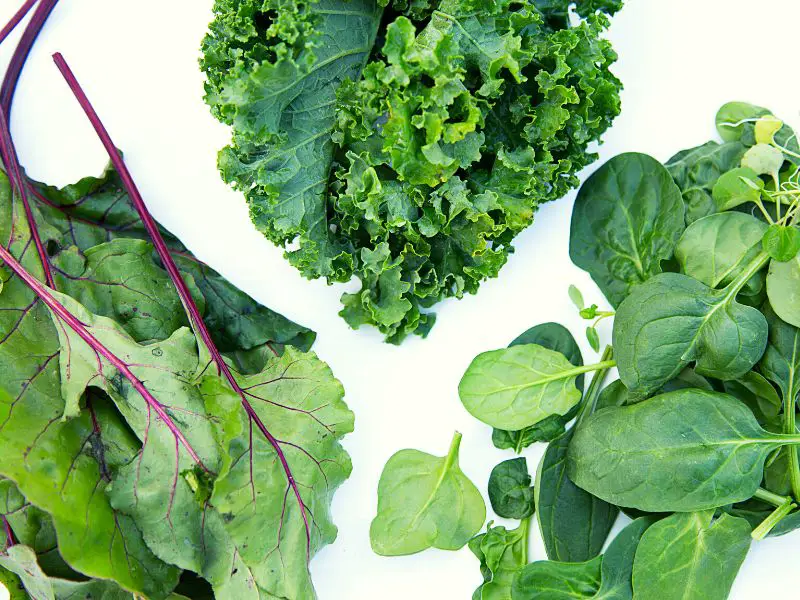
2. Berries
The antioxidant capacity of berries is relatively high. These superfoods have cholesterol-lowering and blood pressure-lowering effects, too.
In addition to traditional medicine, berries may also help treat immune and digestive system problems.
Here are some of the most popular berries:
- Blueberries
- Raspberries
- Strawberries
- Blackberries
- Cranberries

3. Beets
The color of these root vegetables comes from betalains, a natural plant pigment comprising antioxidants and anti-inflammatory qualities. Beets also contain plenty of fiber, are a good source of folate, and possess antioxidant properties that help reduce the risk of developing heart disease.

4. Legumes
Pulses, often known as legumes, are a group of plant foods that include beans, soy, lentils, peas, peanuts, and alfalfa.
They are considered superfoods because they are nutrient-dense and function in illness prevention and management.
Legumes are an essential source of B vitamins, minerals, protein, and fiber.
According to research, they offer several health benefits, including improved treatment of type 2 diabetes and lower blood pressure and cholesterol. Regular consumption of beans and legumes may also support healthy weight maintenance due to their capacity to enhance sensations of fullness.
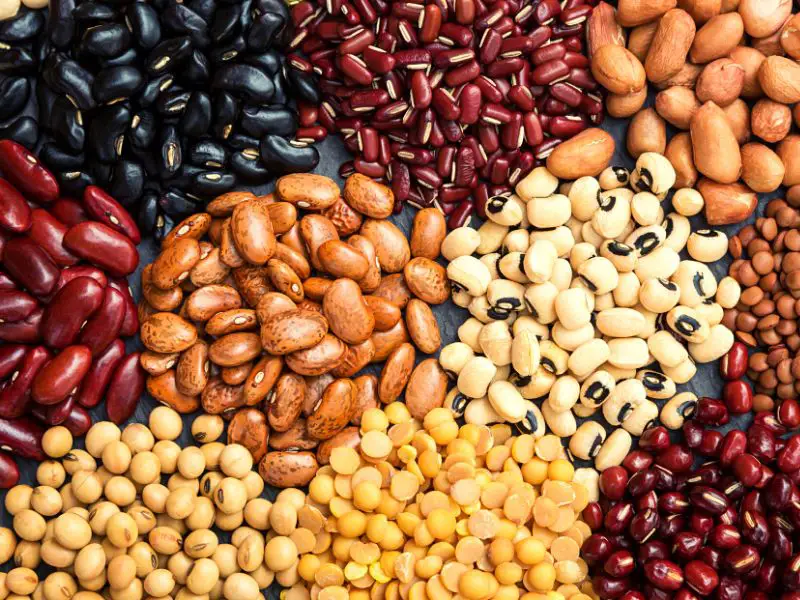
5. Nuts and Seeds
Nuts and seeds include almonds, walnuts, cashews, pumpkin seeds, sunflower seeds, and flaxseeds.
These foods are nutrient-dense and contain a significant amount of fiber and protein. They are also filled with essential fatty acids that help promote brain health and nerve function.
Walnuts have been known to help lower bad cholesterol levels and other cholesterol-related conditions by increasing good cholesterol.
Here are some healthy standard nuts and seeds:
- Almonds, pecans, pistachios, walnuts, cashews, Brazil nuts, macadamia nuts.
- Peanuts
- Sunflower, pumpkin, chia, flaxseeds, and hemp seeds.

6. Citrus Fruits
Citrus fruits are renowned for their high amount of vitamin C and antioxidant properties. It is well-liked for its ability to flush toxins from the body, calm inflammation naturally, and can even decrease a person’s risks of developing cancer.
Citrus fruits are considered superfoods due to their high fiber and vitamin C content. Citrus fruits, such as grapefruit, oranges, lemons, and limes, are low in calories and rich in water content.
These are some examples of citrus fruits dense in vitamin C:
- Orange
- Kiwi
- Lemon
- Guava
- Grapefruit
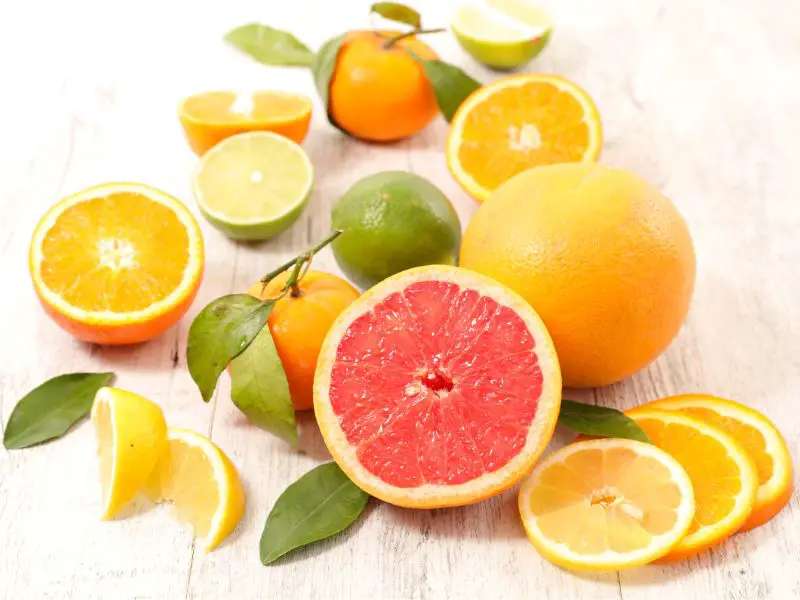
7. Dark Chocolate
Dark chocolate, as opposed to its milk and white chocolate counterparts, which are sweeter, may have more positive effects on one’s health. According to research published in December 2016 in the Journal of Neuroscience, cacao in dark chocolate is loaded with antioxidants.
Antioxidants are believed to have a role in the prevention of cancer, as well as heart health and weight reduction. Dark chocolate can also benefit people with diabetes and keep their blood sugar under better control.
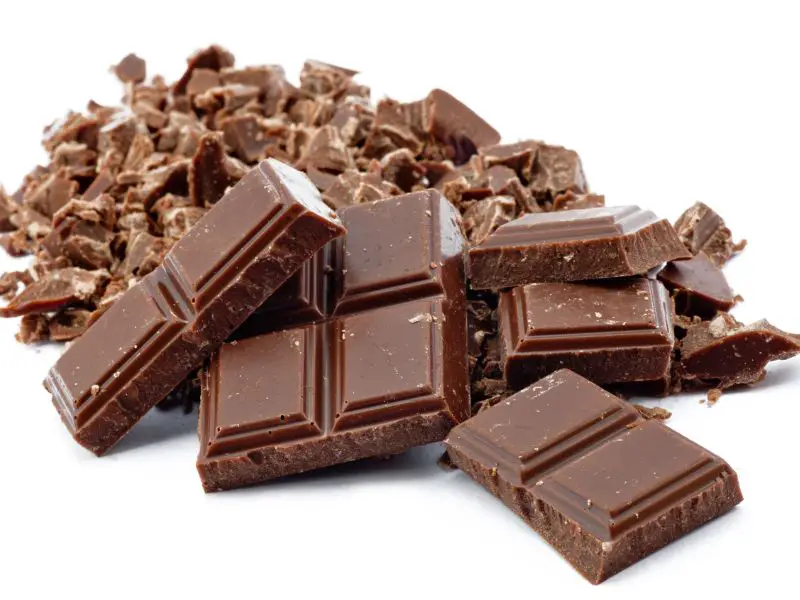
8. Ancient Grains
Ancient grains are also called pseudocereals because they are related to grains but do not contain the gluten opiates in wheat and other grains like rye and barley. Here are a few of the most nutrient-dense ancient grains:
Buckwheat: Buckwheat is one of the most recommended ancient grains for weight loss and heart health. It’s rich in protein and fiber and modest in carbohydrates and calories. Buckwheat is also high in iron and magnesium. You can eat it in different forms, such as cooked and raw flour, noodles, and porridge.
Millet: Millet is another ancient grain that can be consumed as a grain or flour form. It’s rich in potassium, magnesium, B-complex vitamins, and dietary folate. Millet has a low glycemic index and a high protein, fiber, and fat content compared to other grains. People with diabetes or high cholesterol are often encouraged to eat millet because it is small on the glycemic index and big in fiber.
Quinoa: Quinoa is a pseudocereal that can be eaten as a breakfast cereal or cooked and served as porridge. It is rich in protein and amino acids and low in carbohydrates and calories compared to other types of grains like rice and wheat. Quinoa is also a good source of potassium, magnesium, and vitamin B-complex vitamins. It is packed with fiber; some say it may help improve blood pressure and regulate blood sugar levels.

9. Exotic Fruit
2022 is the year of exotic fruits like golden berries and acai. Popular in healthy smoothie bowls, these fruits are rich in antioxidants, may lower cholesterol levels, and, according to 2014 research, might protect the brain from aging-related damage.
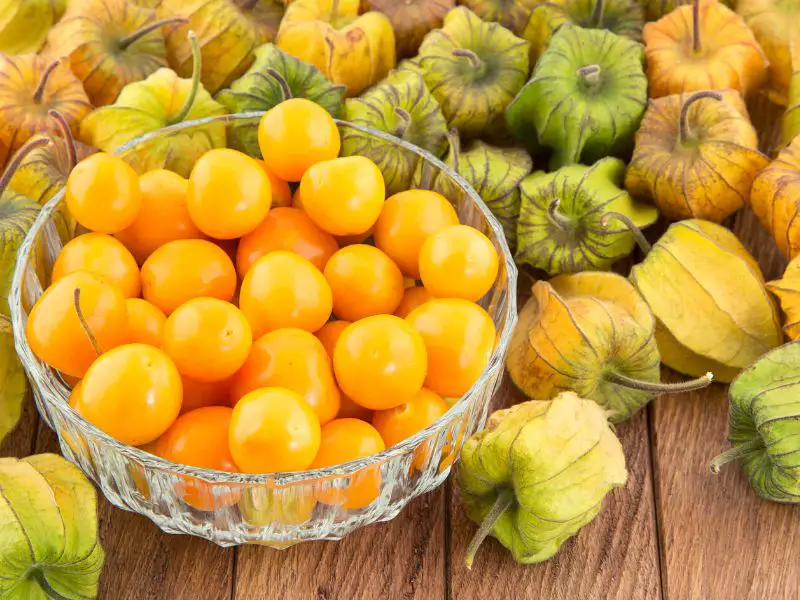
10. Cruciferous Vegetables
Cruciferous vegetables are commonly bought in supermarkets, such as cabbage, brussels sprouts, broccoli, cauliflower, collard greens, kale, kohlrabi, mustard greens, radishes, and turnips. These foods are excellent fiber sources and contain powerful disease-fighting nutrients and phytochemicals, such as sulforaphane indoles, thiocyanates, and nitriles. These nutrients and phytochemicals have the potential to fight or prevent certain deadly diseases, including lung cancer and colon cancer.

Author’s Note
Many foods labeled as superfoods are also high in nutrients and low in calories and fats. In addition to boosting your health, these foods are tasty and can be easily incorporated into your daily diet, and improve your overall wellness. Here are some tips on growing a veggie garden indoors, what are the best herbs to grow indoors, the 13 healthy sweet snacks, and the 11 allergen-free candy corn brands.


5 thoughts on “10 Most Powerful Superfoods: Improve Your Health and Well-Being”